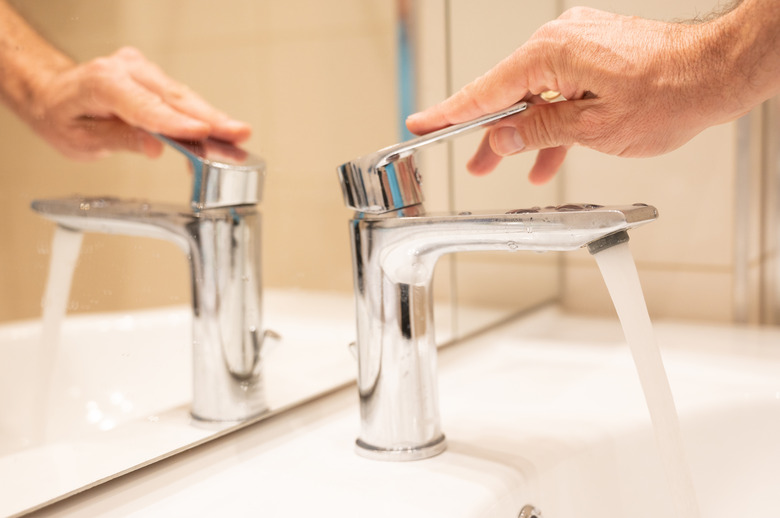How To Flush A Well
When a well is first drilled or dug, it needs to be flushed to free the water of debris. The same goes for an existing system that has been disturbed for whatever reason. Flushing the well is the first step in disinfecting any well system whether it's a deep, shallow, or dug well. The process is fairly simple but can be somewhat time-consuming depending on your situation.
Reasons to Flush a Well
Reasons to Flush a Well
The reasons for flushing a well are pretty basic. One reason might be that cloudy water is coming from your tap. Another might be a little more complex, such as replacing the pump or piping to the home, but in this case, the flush is usually done by the professional who did the job.
Another reason to flush a well may be a result of having your well water tested periodically (once a year for bacteria and every three to five years for other contaminants). A negative outcome of these tests may require you to flush your system after disinfecting the well. In any case, following safety procedures can help you obtain clean well water.
How to Flush a Well
How to Flush a Well
Things Needed
1. Clean the Area
Depending on the type of well you have, there should be a casing sticking out of the ground. This casing will look like a large capped pipe. This is where the well pipe and electrical connections are typically located. The top of this casing is called the cap, and this needs to be clean and free of mud or debris to prevent anything from getting inside the well that will create more debris to be flushed.
2. Inspect the Casing
While cleaning off the well casing and before regrading the area, check for cracks in the well casing. These cracks may be the culprit and need to be taken care of by a professional before going any further.
3. Regrade the Area Around the Casing
With a shovel and rake, grade the surface away from the well casing. This prevents surface water that may contain contaminants from flowing down along the casing. The casing will act as a direct line to your well, causing continuous issues.
4. Isolate or Bypass Filtration
By isolating or bypassing the filtration system, you're protecting these systems from further contamination during the flush. The type of filtration system you have will determine the steps that you need to take here. Some systems have a built-in bypass, whereas others may have been piped by the installer of your plumbing system.
If you simply have a whole house filter, just remove the filter. If you have a water softening system, follow the instructions to bypass this type of system. In any case, don't allow the water to run through these systems to avoid contaminating them during the flush.
5. Attach a Hose
Attach a hose at the nearest point to the well pump. This may be on an outside faucet or directly at the pressurized well tank. It's best to use a hose connection nearest to the well, especially if you have a filtration system.
6. Run the Water
The water will need to run for a long time — it may take 30 minutes or days. This is very specific to your situation, so just run the water until it's clear. Checking for clarity is as simple as filling a white 5-gallon bucket while flushing and checking to see whether the water is clear or not. Be sure to direct water away from the well casing and where it can't harm the environment.
7. Check the Well Pump System
During the flush, you can observe many things, including water quality and how well your pump is working. You can measure the flow rate of your pump at this time using a bucket and a stopwatch. Most important, after the water clears, have it tested to ensure the health and safety of your household.
